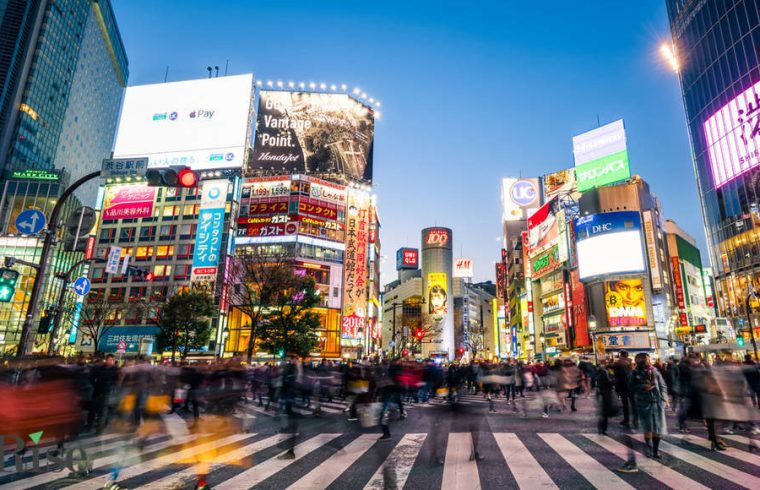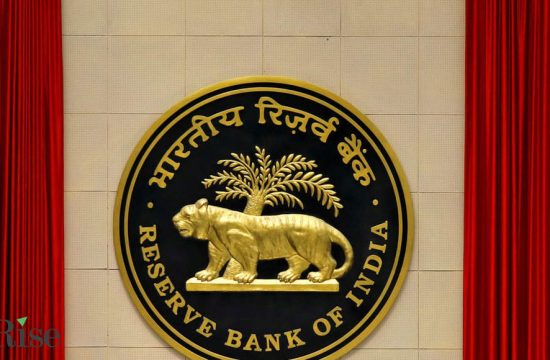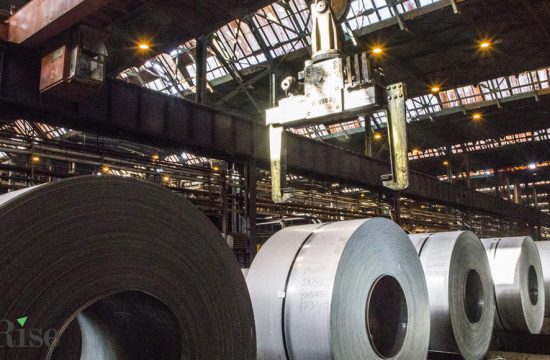
After 2000, globalization and surging commodity prices astronomically boosted economic growth among nations with emerging economies. Over the next decade their share of the global economy nearly doubled, growing to 35 percent. By 2007, 107 of the 110 developing economies featured in the Penn World Table were catching up to the United States in average income, helping millions to escape poverty. The celebratory mood was captured in a popular phrase: “The rise of the rest.â€
Then came the crisis of 2008. Trade and capital flows plunged and commodity prices tanked, while slowing global population growth started to shrink work forces. Instead of rising again, developing economies saw their share of the global economy stagnate in the 2010s. Half the countries in the Penn World Table fell behind the United States in average income. Recently hyped stars like Brazil and Russia are growing slower than the U.S. economy is. With the exception of China, “the rest†have fallen off the radar of the global media and financial markets.
This would be more disheartening if it weren’t normal. In most decades after World War II, developed and emerging economies grew at a similar pace. Since nations with emerging economies tended to have populations that were growing faster, their per capita income was in fact often falling behind. These nations might leap forward for a decade or two, and possibly rise up an income class, only to stumble into crisis and find themselves back where they started.
Of 195 economies tracked by the International Monetary Fund, only 39 are “advanced,†and most of those were already advanced by 1945. The few that rose out of poverty and into the developed class are celebrated as “miracles,†such as Japan, South Korea and Taiwan. Their secret: export manufacturing, which by bringing in revenue from all over the world can sustain growth rates that would be impossible in a domestic market alone.
Today, however, manufacturing and exports are shrinking as forces in the global economy, so it can be hard to imagine what would power the next growth miracles. This explains the silence that engulfs emerging economies.
But in economies, as in nature, nothing is created, nothing is destroyed — everything is transformed. And the transformations of the pandemic are already providing energizing possibilities for at least a few emerging economies. Those transformations include an accelerating digital revolution, economic reform and a revival of commodity prices.
The pandemic is accelerating the adoption of digital technology, which has a particularly strong effect on immature economies. Digital technology is unlikely to generate double-digit growth because its impact is largely limited to domestic economies, with no added boost from exports. But it can simultaneously and sustainably transform domestic emerging economies.
Countries with developing economies are less attached to a “legacy infrastructure†of brick stores and land lines, so they are adopting wireless tech faster than countries with developed economies. Despite trouble in its old state-run industries, China is still growing significantly faster than the United States, catching up in average income, thanks to the rapid emergence of its cashless “new economy.â€
New internet companies are rising quickly outside China as well, from Russia and Poland to Argentina and Kenya. With deep knowledge of local tastes and languages, they are expanding access to a wide variety of services such as banking and back-office operations, making it easy for start-ups to get going. On average, digital revenue is rising, and the cost of starting a business is falling, faster in countries with emerging economies than in countries with developed ones.
From the steam engine to cars, the economic effect of tech revolutions has tended to gain momentum over time and peak decades after the original invention. The digital revolution is young; its biggest influence on the growth of emerging economies is most likely still to come.
Another major development is economic reform. One of the biggest drags on the long-term prospects of these nations is that they tend to get stuck in a cycle of success and failure, reforming only when forced to in a crisis, frittering away the gains during the ensuing boom, then falling back into crisis. A crisis as big as the pandemic could be relied on to force major reforms — and it has.
The United States and other nations with developed economies are ramping up spending to ease the financial pain of the pandemic, but there will be negative consequences for growth in the future. Lacking the means to spend, poorer countries are pushing reform that, while often unpopular, should boost productivity and promote growth. India is relaxing labor laws and rules that have protected farmers from market forces for decades. Indonesia is cutting taxes and red tape to generate investment and jobs. Brazil is pushing ahead with plans to downsize its unaffordably generous pension system. Saudi Arabia is overhauling its immigration rules to open labor market competition. Similar campaigns are underway in Egypt, the United Arab Emirates and other nations.
Unfortunately, many emerging economies depend on exports of oil, metals, farm products and other commodities, so their prospects shift with the prices of those commodities. Long booms and busts have left commodity prices essentially flat in inflation-adjusted terms since records began in 1850. That explains why so many economies are stuck in the developing stage. The per capita income of Brazil, a major commodity exporter, is no higher today, relative to the United States, than it was in 1850. Most leading oil exporters are no richer today, relative to Western nations, than in the year they discovered oil.
Still, in decades when commodity prices rise, the number of developing economies catching up to their developed counterparts spikes. Now, after a down decade, which forced producers to cut back on excess supply, market forces point to a revival for commodity prices in the 2020s. That in turn should lift the fortunes of emerging markets like Brazil, Russia and Saudi Arabia, at least until the commodity cycle turns again.
It’s also worth noting that although the path to prosperity though manufacturing is narrowing, it hasn’t closed. In the past, manufacturing accounted for more than 15 percent of G.D.P. in export powerhouses. Today the economies in this class include Vietnam, Bangladesh, Poland and the Czech Republic. They are among the big winners as companies seeking lower wages and shorter supply lines move factories out of China.
The transformative effect of manufacturing is visible in a country like Poland, where multinational corporations are now making cars, light fixtures and other goods. Before the pandemic, a quarter century of unbroken growth had increased Polish incomes nearly tenfold to almost $ 16,000 — on the cusp of the advanced economic class. A similar transformation is underway in Vietnam, which is investing not only in new factories, roads and ports, but also in programs to eliminate poverty.
If only a few nations stand to gain from export manufacturing, many more have a chance to thrive on the back of economic reform, a possible revival in commodity prices or the accelerating digital revolution. These growth engines won’t bring back the “rise of the rest,†which lifted virtually every developing economy in the 2000s. But they will be enough to power a few growth stars. In the 2020s, some of the rest will likely rise again.










